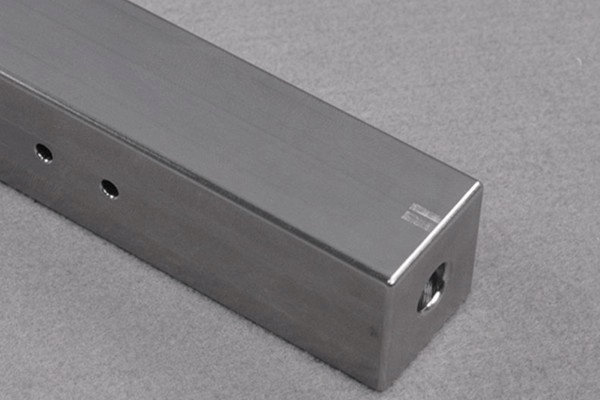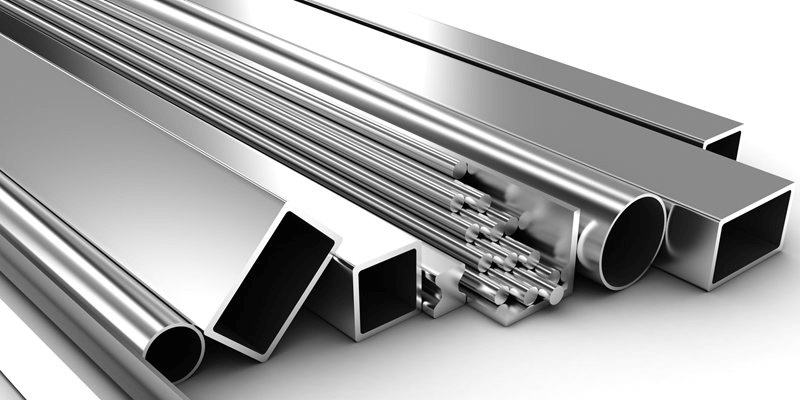General Overview of Mild Steel
Mild steel is steel made from a combination of iron and carbon. It has good magnetic properties due to the presence of iron. Mild steel is not an alloy steel. Its chemical composition is very different from other elements or other steels due to the presence of more carbon. Because mild steel has good surface quality, you can increase its surface hardness in different ways. Let’s learn more about this material.
1.What is mild steel?
The main component of steel is iron. Depending on the carbon content, there are low carbon steel (also called mild steel or ordinary carbon steel), medium carbon steel, and high carbon steel.
2.How is mild steel made?
①Primary steelmaking
In this process, iron is mixed with coal and lime and heated in a blast furnace. Modern primary steelmaking uses modern furnaces such as basic oxygen furnaces or electric arc furnaces. Generally, the steel pieces that come out of electric arc furnaces are of high quality.
②Secondary Steelmaking
The purpose of secondary steelmaking is mainly to reduce the carbon content to the required level and add other alloying elements to improve the properties of the steel. This step is mainly to control and monitor the heat treatment and cooling of the furnace.

③Casting and Primary Forming
As soon as the steel in the furnace reaches the specified carbon content and the mechanical properties are improved to a certain level, the steel is poured into a mold, which is called casting. Some people also say cast iron, which is wrong. During this process, the liquid steel will solidify and form various geometric shapes. These crystal structured cast steels will then be cut into smaller shaped parts. Cast steel has many defects. A primary forming process called hot rolling is adopted. After hot rolling, the steel gains more strength, ductility, weldability, etc.
④Secondary Forming
Generally speaking, there is a secondary forming process such as CNC machining, cold rolling, powder coating, surface hardening or electroplating to further improve the mechanical and chemical properties or aesthetic effects of low carbon steel parts. In these processes, metal coatings such as zinc coating or any other type of carbon steel are appropriately applied.
3.Mechanical Properties of Low Carbon Steel
Mild steel has a carbon content of only 0.25%. It has good impact strength, good ductility and weldability, and the possibility of cold forming. With these properties, CNC machining mild steel is easier than CNC machining other types of steel.
The main disadvantage is its relatively low tensile strength, which means it breaks more easily than other types of steel. Fortunately, tensile strength can be increased using a heat treatment process called carburizing. Carburizing is a case hardening process that heats the steel to a certain temperature and then cools it, making the surface of the steel hard while keeping the core of the steel soft and ductile.
4.Conclusion
Due to its properties, mild steel has a wide range of applications in almost all industries. A common method of making prototype or low-volume production-level parts made of mild steel is through CNC machining. For high-volume products, metal injection molding and casting are more viable methods.
